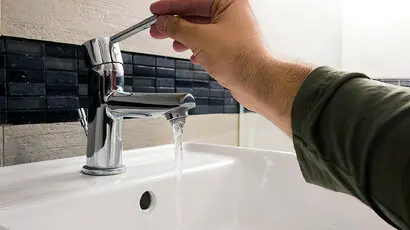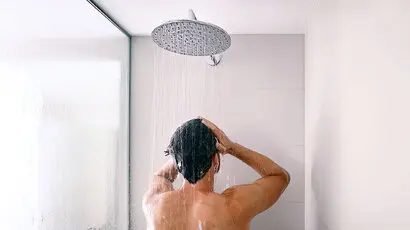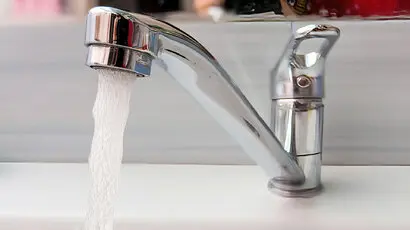5 Reasons And Fixes For Low Water Pressure At Home
Are you having a low water pressure problem at home? Don’t worry! We have curated this article on low water pressure so that you can find the right solution.
Dealing with low water pressure at home can be quite bothersome, particularly when you have guests around. Wouldn’t you agree? A reliable water source is crucial for our daily lives, and good plumbing ensures steady flow. But what happens if the water flow isn’t consistent?
Imagine trying to tackle household chores with low water pressure. A sudden drop could stem from issues like a leak in the main city supply line or a burst pipe in your home’s plumbing system.
For instance, low pressure can affect the time it takes to wash dirty laundry and utensils, especially if multiple plumbing fixtures are running simultaneously. It can also hamper your overall bathing experience if it is insufficient and slow flow. In some cases, low water pressure may even affect the quality of your drinking water if there are issues with the supply pipe or the plumbing materials used, such as old galvanised steel pipes or corroded galvanised steel pipes.
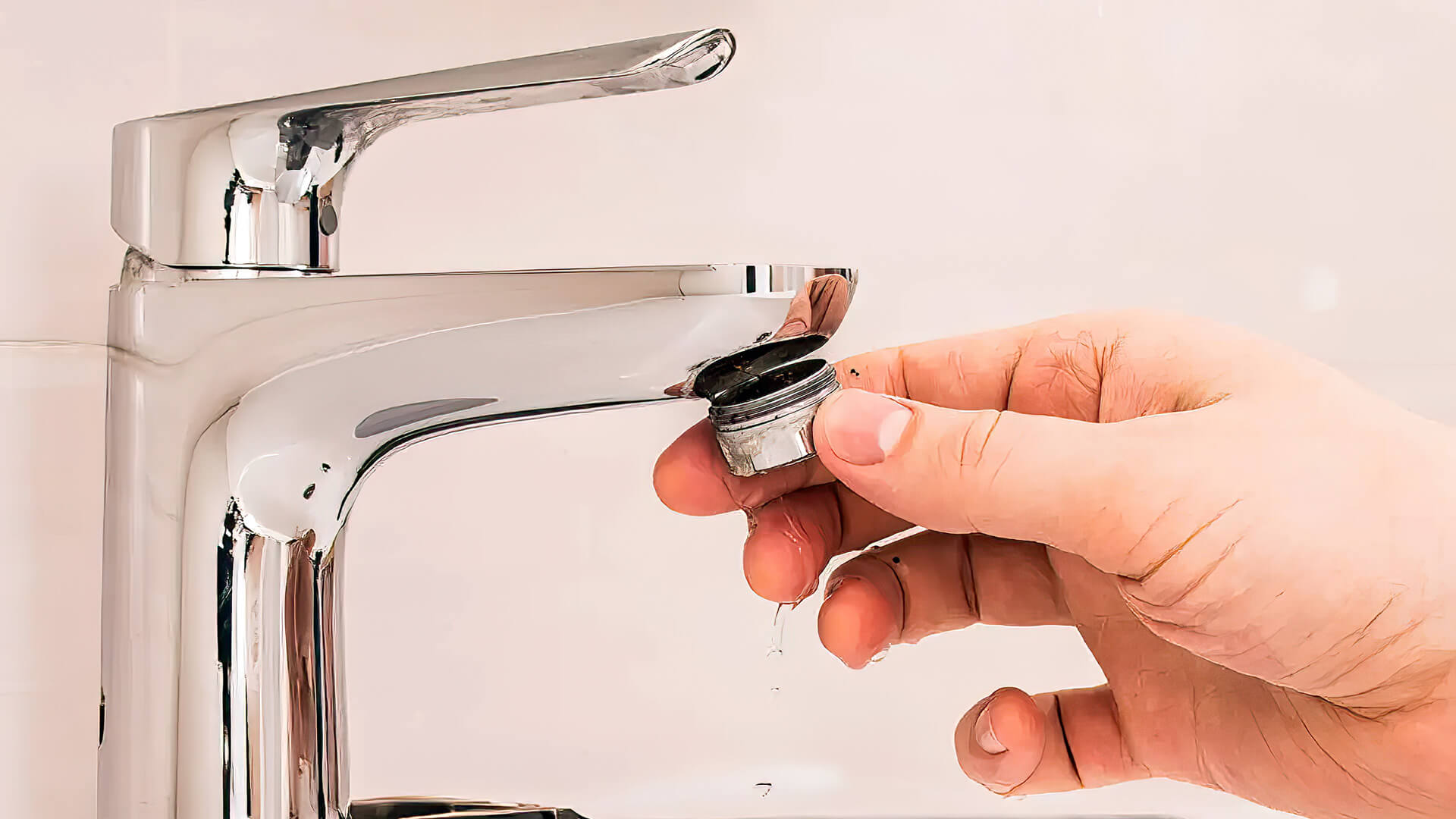
So, checking and confirming if you have low water pressure at home is necessary. If you notice water pressure drops when using a hose spigot or any other fixture, it’s crucial to investigate the issue promptly. Keeping this in mind, we have listed five essential reasons and fixes for your low water pressure problem. However, if you’re unsure how to diagnose or resolve the issue, it’s always best to consult a local plumber. A professional plumber can help identify the root cause of the problem and provide effective solutions to restore your home’s water pressure to optimal levels, ensuring that you have a consistent supply of clean drinking water and sufficient water flow for all your daily needs.
So, without further ado, let’s move to the next section and explore the potential causes and remedies for low water pressure in your home.
There can be several reasons for low pressure in your home. First, you must determine whether it is a low-hot water system or if cold water is also affected. Next, follow these steps:
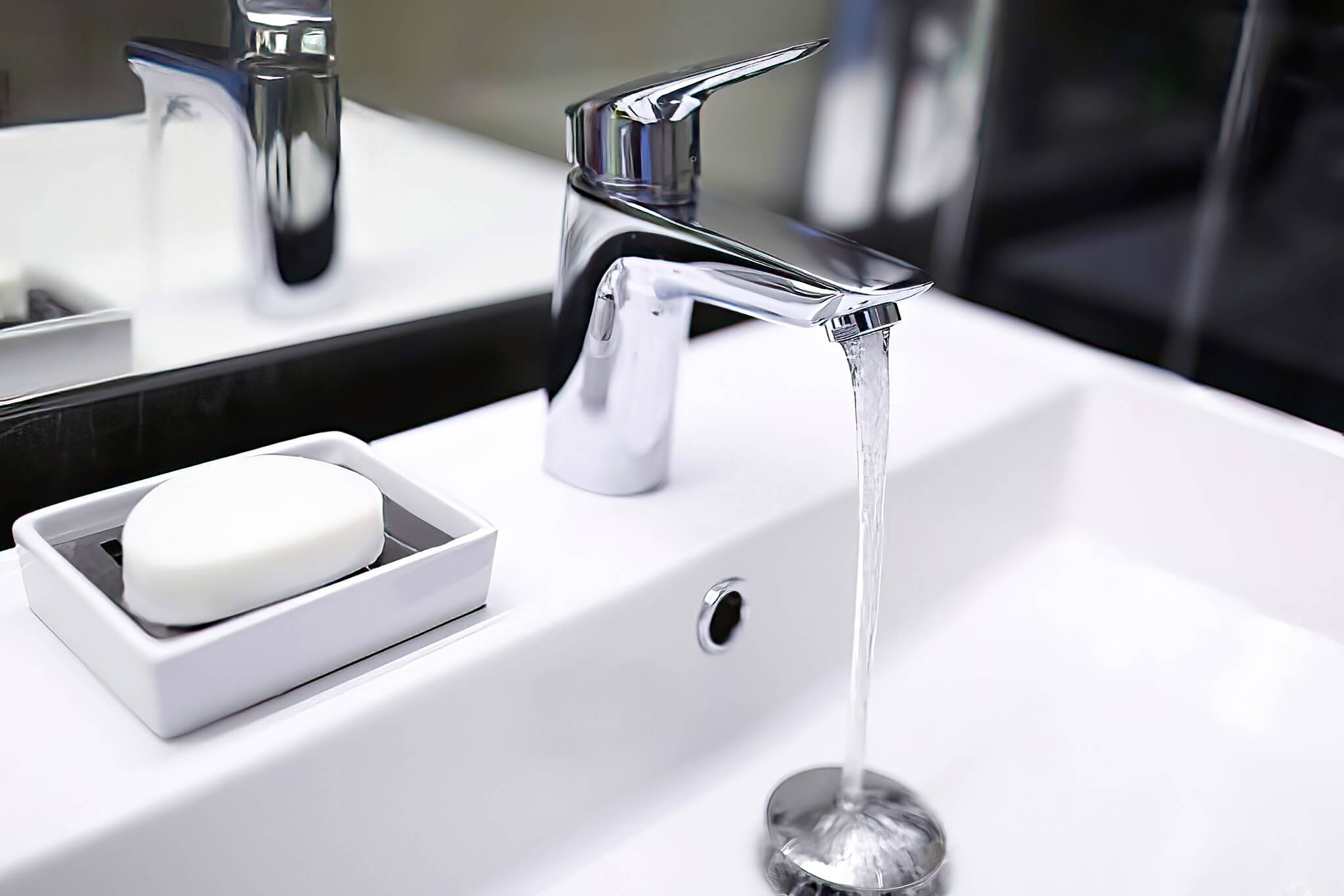
First and foremost, we suggest calming down when you notice a drop in water pressure and heading to your neighbour’s place. Generally, the entire community receives the same water from a common source. So, if there is any drop in water flow, your neighbours should face the same issue.
If that is the case, the faulty fixtures are probably at the source. We suggest installing a water pressure booster to increase your house’s overall water pressure and flow. This solution increases the overall flow and provides consistency of pressure, allowing you to perform your household chores without worry.
Suppose your neighbour is receiving normal water pressure without any drop in the pressure; the fault might be in the pressure regulator attached to the plumbing fixtures. Every household plumbing system has a pressure-regulation valve that allows the house owners to regulate the flow of water the municipality receives.
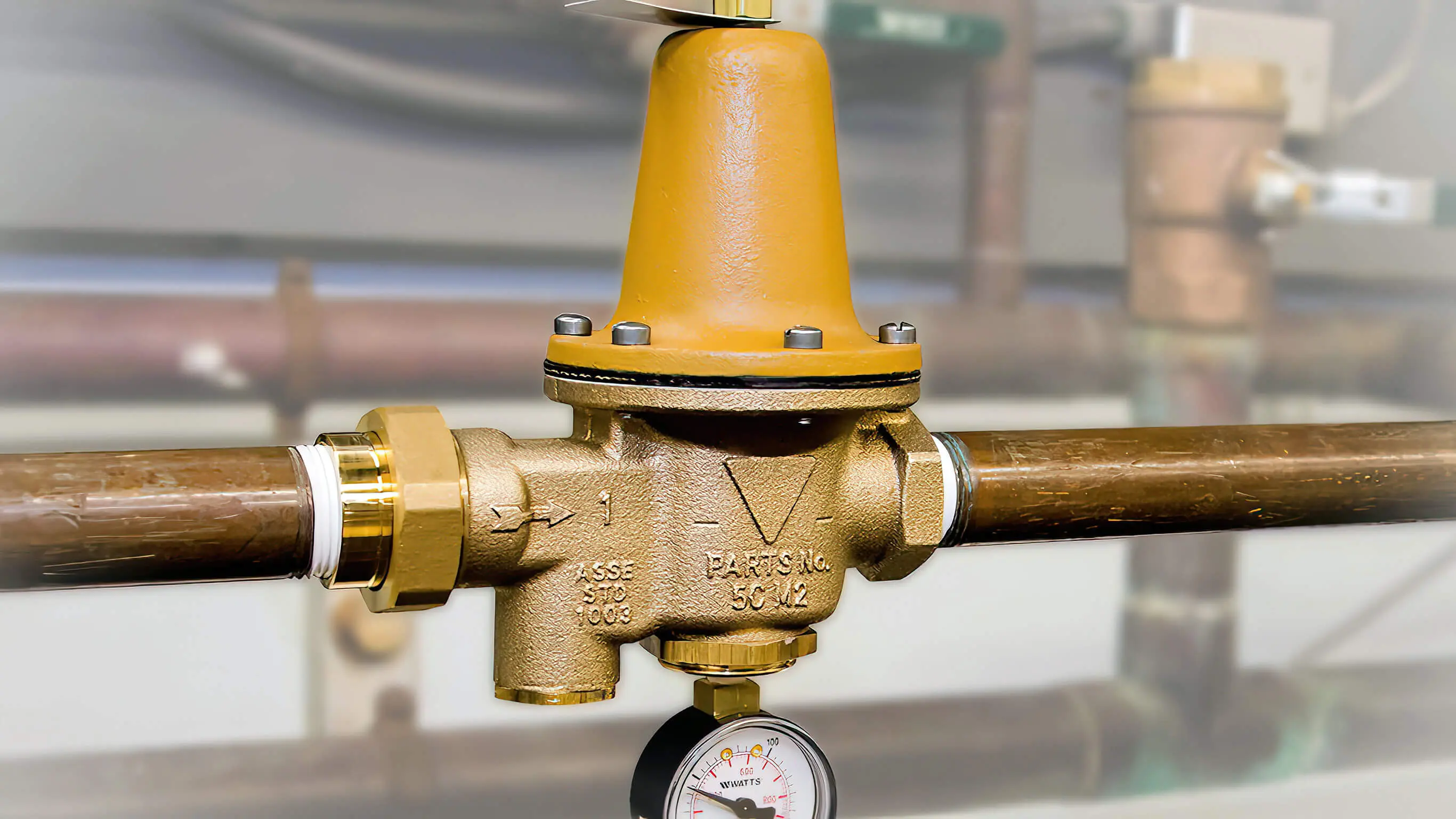
In that case, you should contact your plumber and ask them to adjust the setting to a higher flow that suits your requirements. However, if your house doesn’t have a pressure regulator, we suggest checking for the main house shut-off valve. Ideally, the main shut-off valve should be opened for strong water pressure. You can adjust the setting even without calling a plumber if it’s not.
Another possible reason for low water pressure is a leak in the water mains. Australia is known for its extreme temperature fluctuations, which can cause the main supply to crack or burst due to weathering. There can be other reasons for water leakage, such as rust in the pipes, damage from blockage, and many more.
In this situation, it is recommended that you inspect your main water supply first and identify any leaks or visual indicators of damage. You should also check the floors for any wet spots, as they indicate leakage.
If you struggle to find any signs of leakage or reasons for the low pressure, it is time to examine your plumbing system closely. Every household plumbing comes with a blueprint. By carefully looking at the drawing, you can only determine reasons that are not noticeable at first glance. For instance, the pressure regulator can be hidden between the plumbing, making it hard to look for it in person. You may have clogged pipes or leaking pipes, or your shower head is susceptible to calcium build-up. Also, check the sink faucets in different rooms to see if the pressure fluctuates.
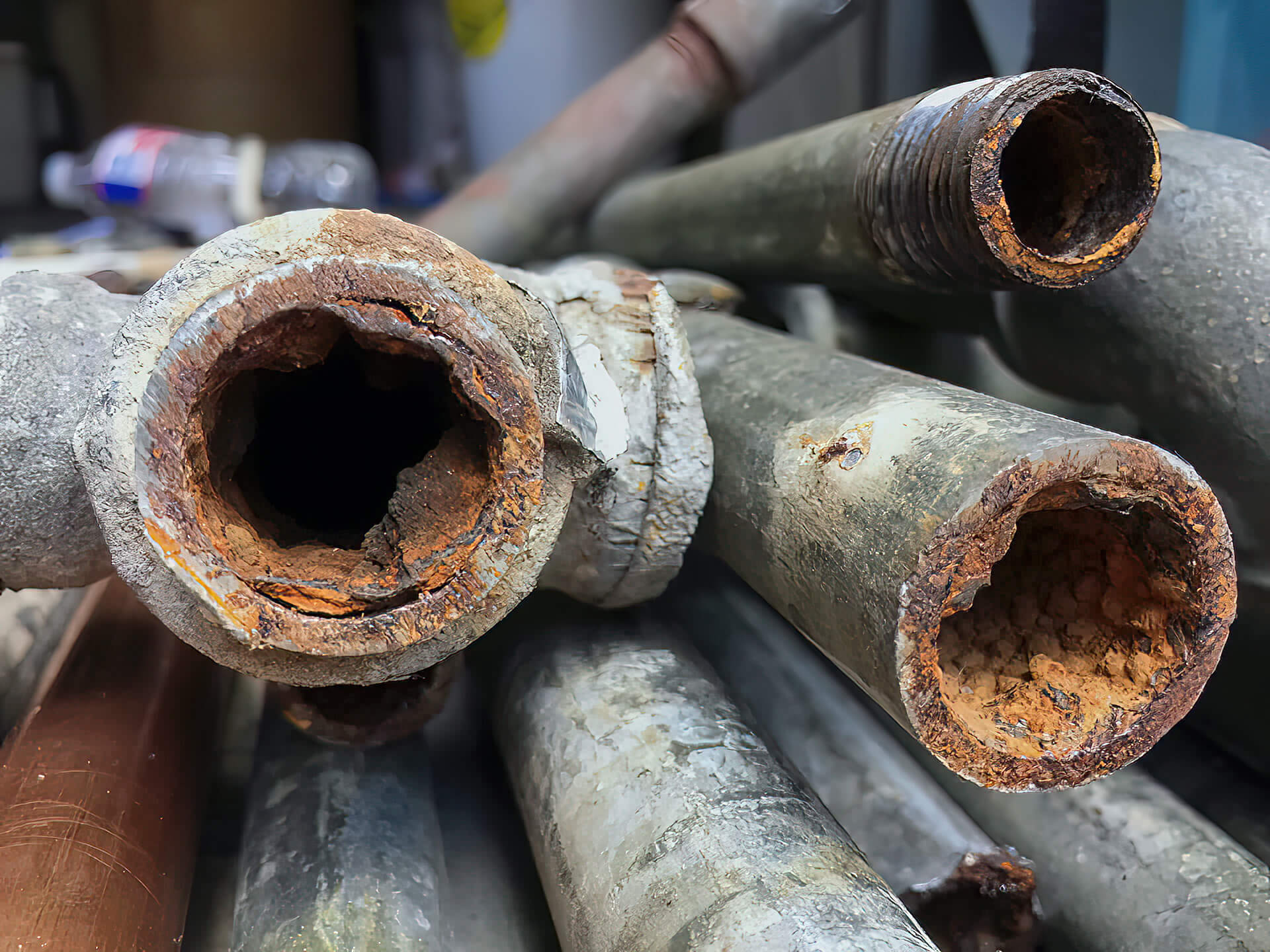
On the other hand, the main supply line might have intersected with your neighbour’s and may cause water pressure fluctuations. Corrosion or sediment formation within the pipes can also cause water pressure to drop due to internal blockage.
Corroded pipes usually occur when old pipes degrade over time; therefore, changing the old pipes from time to time is essential. This is especially common for copper pipes. Additionally, sediment formation and mineral deposits can occur when the water is rich in minerals and other impurities like silt.
If all the abovementioned methods fail to solve your issue, it is high time you contact your local water supplier. Most households receive their water directly from the municipality. However, some people prefer to take water connections from private companies for added benefits. Based on our experience, there is a high chance that a problem might have occurred at the supplier’s end.
For instance, let’s assume a private company was testing the latest plumbing device, which unknowingly caused the sediments to block the pipe. This effect can disrupt the water pressure across the community.
Water pressure can sometimes drop due to dust and sediment collecting between the faucet and pipe, especially when winter sets in. Additionally, flushing the toilet before using the shower can lower the internal pressure of the water pipes and cause the shower to release less pressure.
It is wise to contact a professional plumber to repair the damage before it escalates and causes a severe water shortage. However, you can avoid the unnecessary cost of plumbing by taking the necessary precautions and following the abovementioned steps.
Are you still struggling with water pressure issues? If you are having trouble and need local plumbers in Melbourne to assist with your low water pressure, contact the team at WP Plumbing. We offer 24/7 assistance for any urgent plumbing problems.
With that, it’s a wrap. See you next time, and good luck with fixing your low pressure!
Are you wondering about the common causes of low water pressure in the house? Follow our guide as we discuss how you can identify the cause of our water pressure issue.
Have you turned on your shower to discover there is no hot water pressure? We are here to help with this guide to why your shower may have low water pressure!
Is water running out of a tap at high speed? When left unchecked, high water pressure can lead to serious plumbing issues. Check out our guide to learn more!
